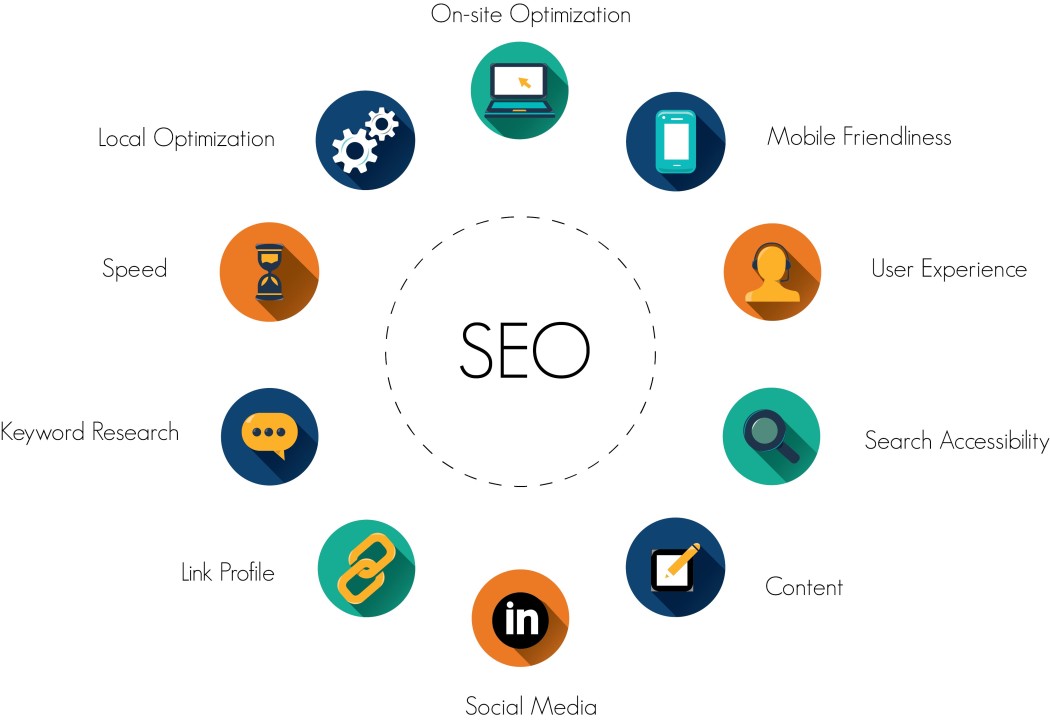Assuming Outside package: Leveraging Non-traditional Mediums to Optimize Google Analytics Performance
In the world of electronic advertising and marketing, the pursuit for enhanced Google Analytics performance has come to be a critical essential for companies seeking to improve their online visibility. By exploring unconventional tools as avenues of data collection, a brand-new realm of possibilities arises.
Distinct Information Sources

Social media platforms supply useful data on individual demographics, interests, and interaction metrics, permitting services to assess the performance of their social media projects and maximize web content for much better performance. By leveraging these one-of-a-kind information resources, organizations can refine their approaches, boost targeting initiatives, and boost overall Google Analytics performance.
Social Network Insights

In addition, social networks analytics tools enable companies to track essential efficiency indicators, monitor campaign performance, and determine the influence of their on the internet activities. Comprehending the demographics of fans, identifying prominent web content styles, and examining engagement degrees can help organizations tailor their advertising and marketing strategies for far better outcomes.
Offline Marketing Combination
Incorporating offline marketing methods with digital analytics can enhance overall campaign performance and supply a more extensive understanding of consumer actions. what is not considered a default medium in google analytics. By connecting the gap between online and offline initiatives, services can track the impact of conventional advertising channels such as print ads, television commercials, direct-mail advertising, and events on their online visibility

Moreover, implementing telephone call monitoring systems for offline advertising activities allows organizations to catch useful data on customer questions created through published ads or materials (what is not considered a default medium in google analytics). By evaluating phone call data along with on the internet metrics in Google Analytics, organizations can obtain much deeper insights into the customer trip and optimize advertising strategies for improved performance across all networks
IoT and Wearable Modern Technology
Making use of IoT and wearable modern technology in electronic analytics can reinvent information collection and consumer understandings for companies seeking a deeper understanding of customer habits patterns. Wearable innovation, such as smartwatches or physical fitness trackers, can supply insights into individual activities, health metrics, and even location information.
Gamification Techniques
The implementation of gamification methods in digital analytics offers an ingenious approach to improving customer Go Here involvement and driving actionable understandings for businesses. By integrating game-like components such as factors, badges, leaderboards, and awards into the analytics interface, firms can inspire users to communicate more often and meaningfully with the information.
Gamification encourages customers to explore different attributes of the analytics platform, uncovering beneficial insights that could have or else gone unnoticed. Through interactive obstacles and development monitoring, individuals are incentivized to dive deeper right into the information, causing raised time spent on the platform and a greater probability of discovering vital fads or patterns.
Additionally, gamification can cultivate a sense of competition among individuals, stimulating them to pursue higher efficiency and involvement degrees. This affordable spirit can drive increased user fostering rates and a more comprehensive use of the analytics tools he has a good point available. Ultimately, by leveraging gamification approaches in digital analytics, companies can create an extra effective and appealing setting for users, causing more informed decision-making and boosted general performance.
Final Thought
To conclude, leveraging unconventional tools such as distinct data resources, social media sites understandings, offline marketing integration, IoT and wearable innovation, and gamification methods can optimize Google Analytics performance. By assuming outside the box and exploring these different resources of information, organizations can gain important understandings and improve their general marketing techniques. It is necessary for firms to continually discover brand-new methods to gather information and assess it in order to stay ahead in the ever-evolving electronic landscape.
By integrating data from sources such as client connection management (CRM) systems, social media platforms, and e-mail marketing campaigns, companies can acquire a much more extensive understanding of their audience behavior and interaction patterns. Social media platforms supply beneficial information on user demographics, interests, and engagement metrics, permitting businesses to gauge the performance of their social media projects and enhance web content for better performance. By leveraging these special information sources, businesses can fine-tune their approaches, improve targeting efforts, and enhance total Google Analytics efficiency.
Discovering social media understandings can offer services with beneficial information on user demographics, passions, and involvement metrics, permitting for notified decision-making and strategic optimization of marketing efforts. By assuming outside the box and checking out these alternative resources of information, companies can gain important insights and boost their general advertising and marketing approaches.